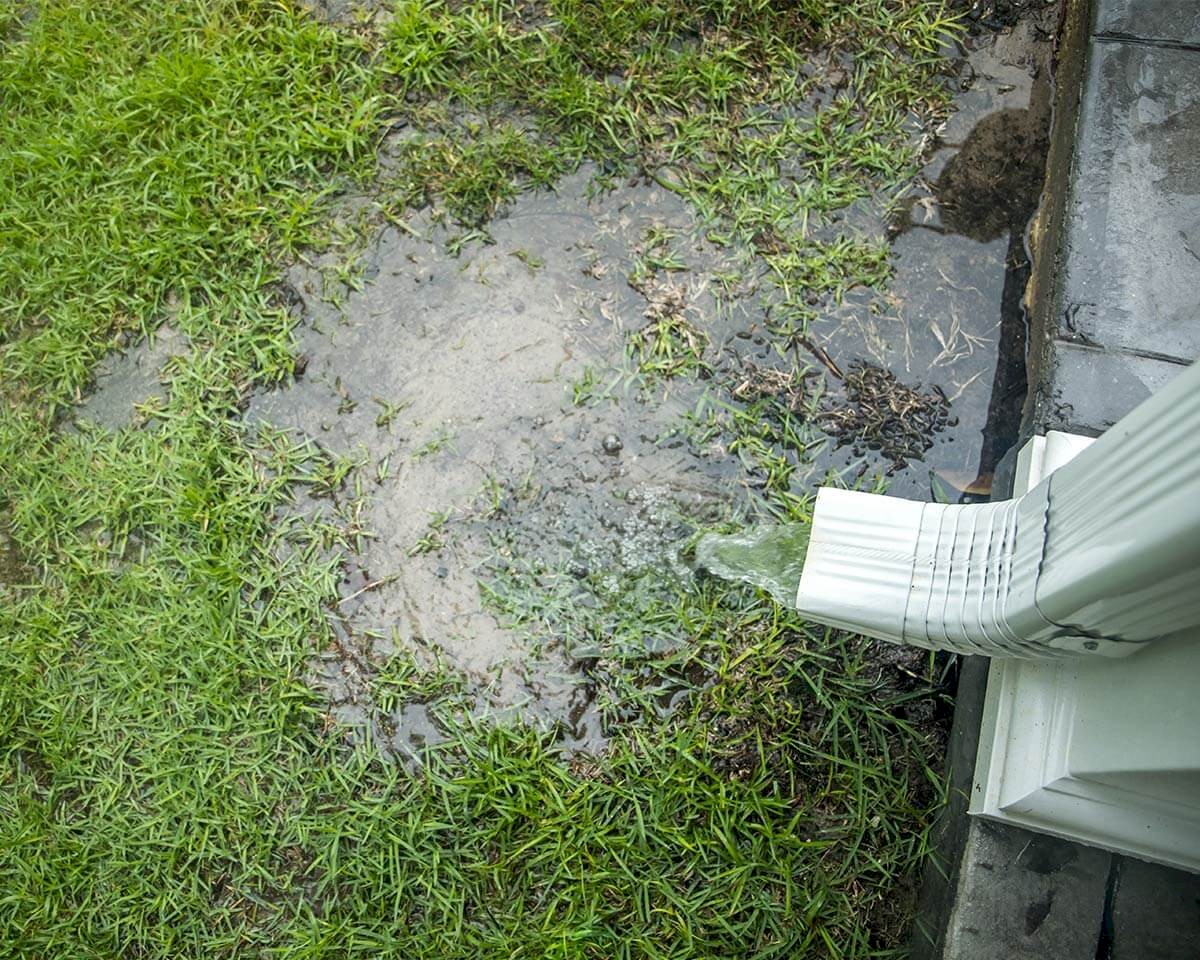
Spring Home Maintenance Checklist
- March 1, 2023
- Tips
Check off these simple home maintenance items to get your home ready for Spring.
Outside Your Home
Check A/C Unit
Don’t wait until the first heat wave to have your cooling system checked. Spring is the best time to make sure your unit is ready to keep you cool all summer long.
Clean or Replace siding
Clean siding with a pressure washer to keep mold from growing. Make sure no paint is peeling or any wood is showing through and sand and apply primer coat before repainting.
Check Roof for Damage
High winds, snow and ice buildups can cause damage to shingles, flashing and even cause damage to the interior infrastructure of your home. Performing regular roof inspections can help identify issues prior to them becoming potentially major problems.
Reseal Window Edges
The winter snow and ice can cause window sealant to crack, break or completely fall away. Before the spring rain hits, reseal the exterior of your windows with a high-quality polymer.
Replace Damaged Screens
Unfortunately, spring showers bring along insects and if there are holes in your screens, your home can become a perfect place for them to nest. Screens can be patched or replaced easily.
Seal Any Accesses Under Your Home
If you have any openings beneath your home, you could be inviting any number of animals to come in and nest, which could lead to torn insulation, broken pipes and faulty wiring.
Prune Landscaping
Cut back and trim all vegetation and overgrown bushes from structures before they cause damage to your home’s siding, roof, and windows.
Check Lawn Equipment
Make sure your lawn mower and trimmers are ready for summer use. Sharpening the blades now will make your yard work much easier.
Clean Gutter and Downspouts
Make sure gutters and downspouts direct water away from the house. It will ensure proper flow of water from the roof and the home’s foundation and help prevent damage to your landscaping and siding.
Sprinklers
Check lawn sprinkler system for leaky valves, exposed lines, and improperly working sprinkler heads.
Have Your Septic Tank Inspected
Having annual inspections will prevent costly and messy sewer backups.
Flush Out Your Drain Waste and Vent System
Plumbing air vents prevent sewer gases from entering the home and allow wastewater gas and odor to escape so it’s important to keep them clean and clear.
Check Outside Faucets
Make sure there is no freeze damage. If the flow of water stops by placing your thumb over the opening, you most likely have a damaged pipe inside the home.
Inside Your Home
Change Air Filter
Continue to change your air filter every 1-3 months so your cooling system will continue to run efficiently and keep the air in your home cleaner.
Adjust Ceiling Fan
Change the direction your fan rotates. During the spring and summer, ceiling fans should rotate counterclockwise when looking up. This creates a downdraft that makes you feel cooler.
Check Your Attic
Check your attic for proper ventilation and birds’ nests. Make sure there are no obstructions over vents, or any wet spots on the insulation.
Test and Replace Batteries in Smoke Detectors
Smoke detectors should be tested monthly, and the batteries should be replaced every daylight savings time.
Check for Plumbing Leaks
After the last winter freeze, check your water meter for leaks. Main culprits for leaks are toilets, outdoor spigots, irrigation systems and pipes on exterior walls.
Consider Adding a Backup Sump Pump
Make sure your sump pump is functioning properly and consider adding a battery operated back up in case the electricity goes out. This could save you thousands in water damage.